One of the hottest selfie-taking sites at the Beijing Winter Olympics is the shiny and white ice in the National Speed Skating Oval, known as the Ice Ribbon.
The milk-white ice surface appeals to the athletes and officials from around the world to pull out their cell phones and cameras at first sight, and make them wonder - is it really made of milk?
"It was made of milk a long time ago, but now we use a kind of paint, which is environmentally friendly," Wu Xiaonan, director of the operation department of the this speed skating arena, said at a press conference.
Wu told a story of how the ancestors used milk to make the ice white and shining. "I also wondered if they poured in milk when they made the ice before I came to the Ice Ribbon. But now I knew the truth."
The ice surface of the Ice Ribbon has three layers, as Wu explained, and the paint that makes the ice white is in between two layers of ice - bottom and surface ice, which pile up to 2.5-3.0 centimeters thick in total.
"First the ice makers flood the water from the bottom several times, which is the basic and the most important section. We need to make sure the rigidity of the bottom ice reaches the standards of the Olympic competition," Wu said.
The arena actually adopted a system of transcritical carbon refrigeration, which lays consistently nine times to make the bottom ice, which looks like a large whole piece of ice. The carbon dioxide technology, which is used in seven competition or training venues for ice making in downtown Beijing competition zone, is far more environmentally friendly compared to the traditional hydrofluorocarbons (HFCs).
The system also has a cooling efficiency that is 1.2 times higher than the traditional HFC refrigerants and can maintain a temperature consistency of 0.5 degrees Celsius or less across ice surfaces, making the ice easier to skate on. The Ice Ribbon introduced the system and spent four years finding the best and most efficient way to make ice, Wu said.
"On the top of the bottom ice is the paint, which makes the ice very white. The top layer is the surface ice, the logos and lines for the competition. A marble-like texture ice court is the final masterpiece we show to the athletes," he added.
"The beauty of the ice produces a happy atmosphere for the athletes, who will find their best mood and forms to show the fans the best performances. The Ice Ribbon is the fastest, whitest and most beautiful ice (of the Olympics)," Wu vowed. ■








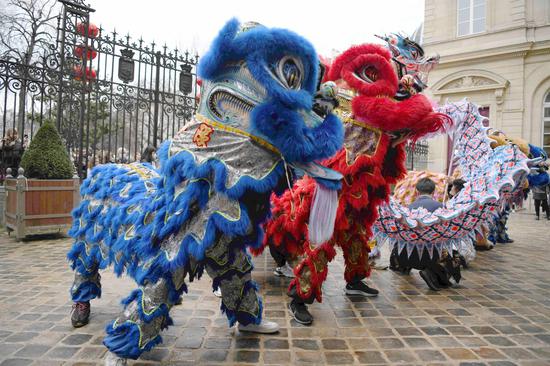
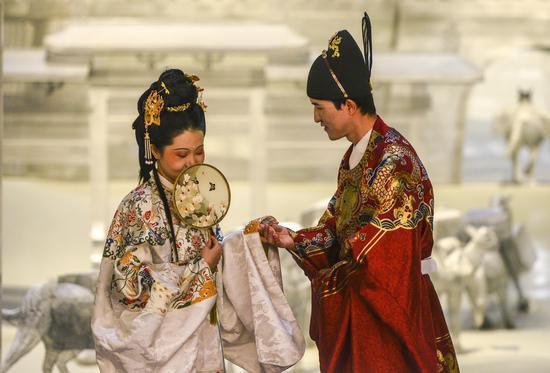


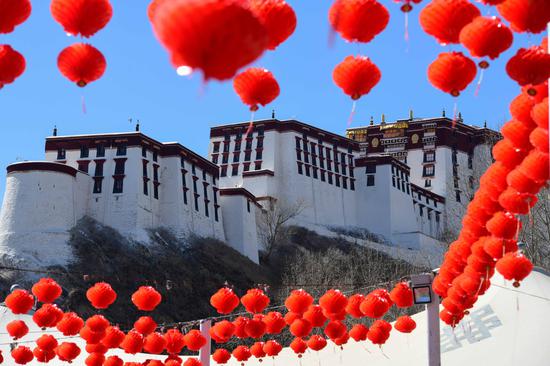

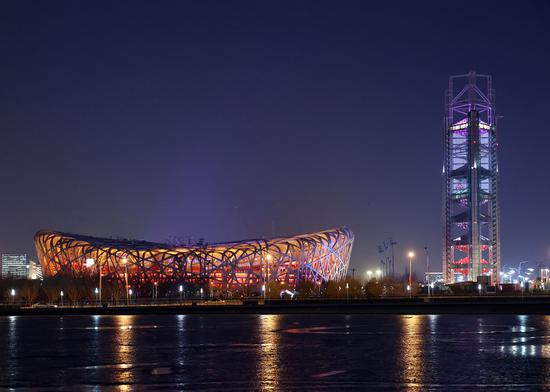
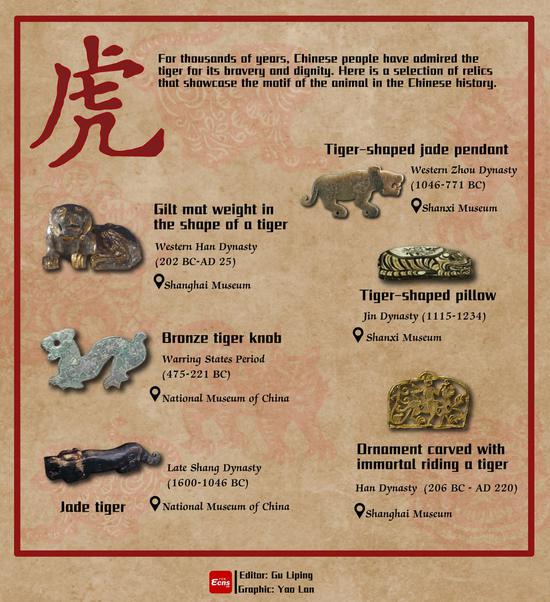
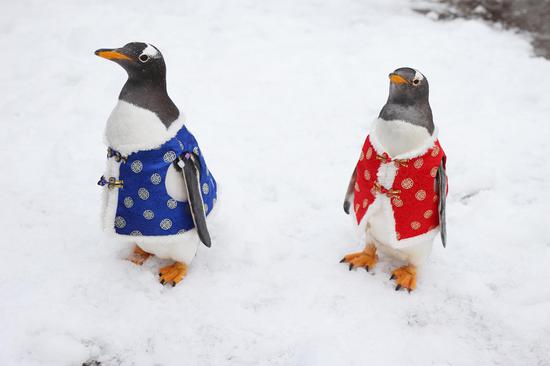


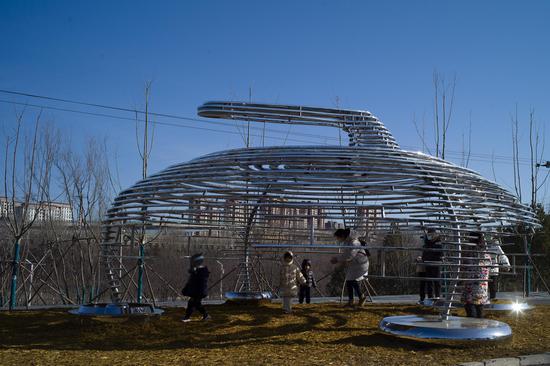

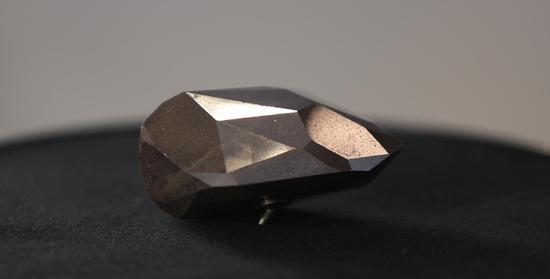
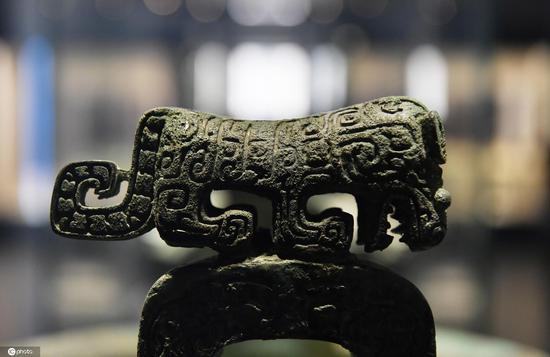
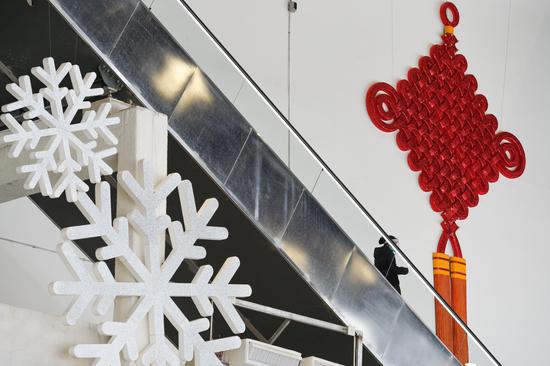
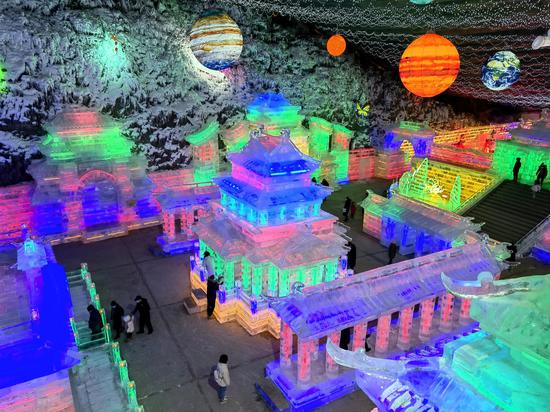


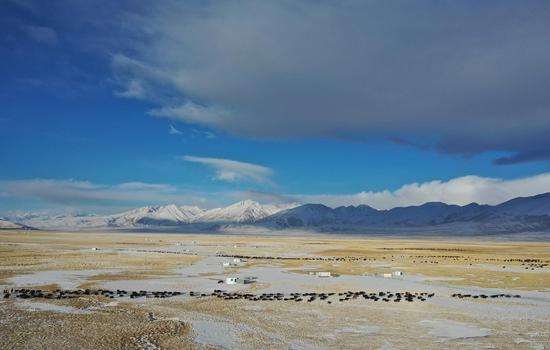
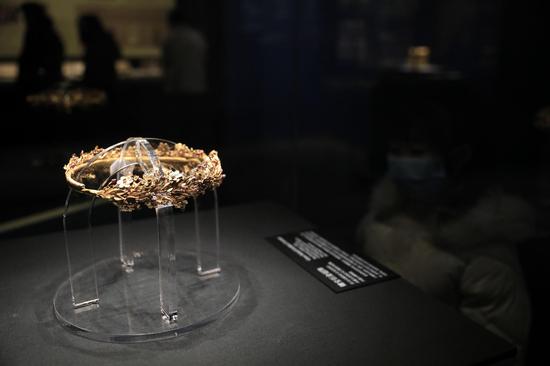
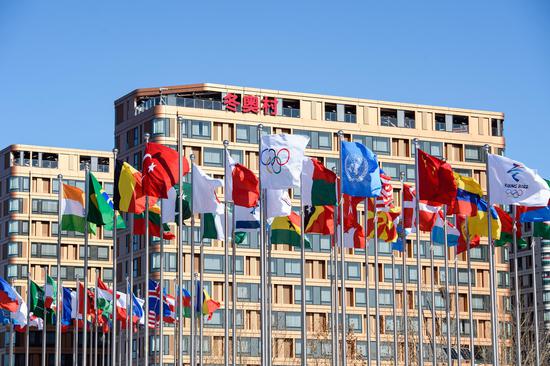

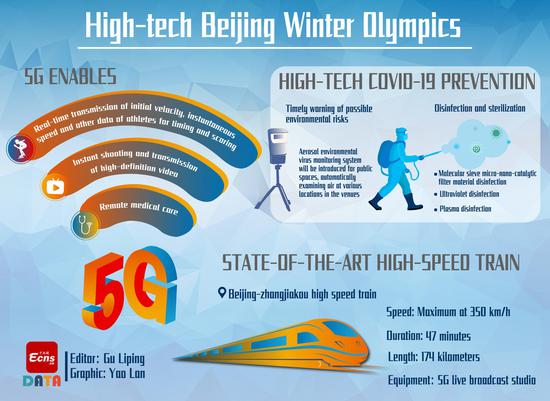
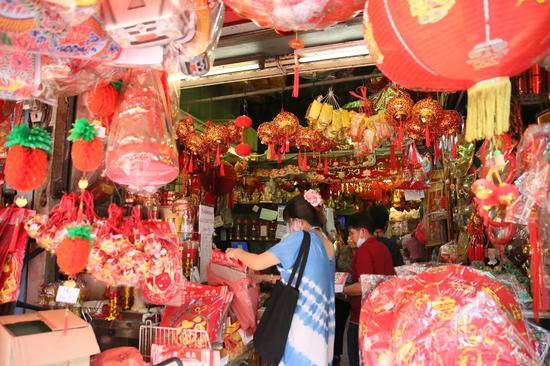
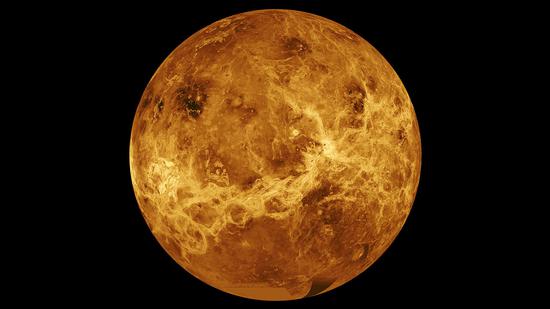
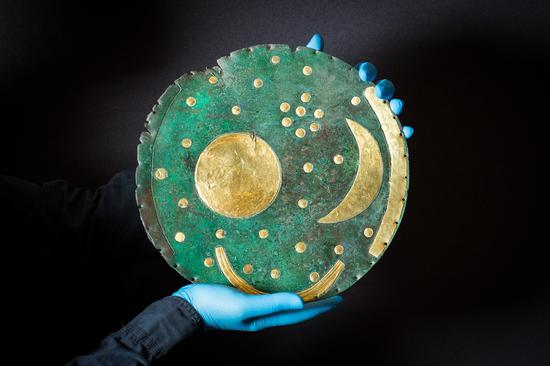
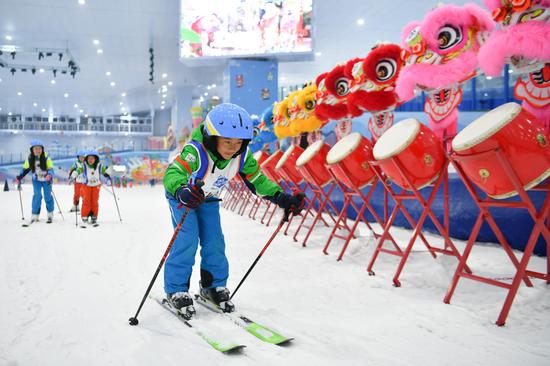

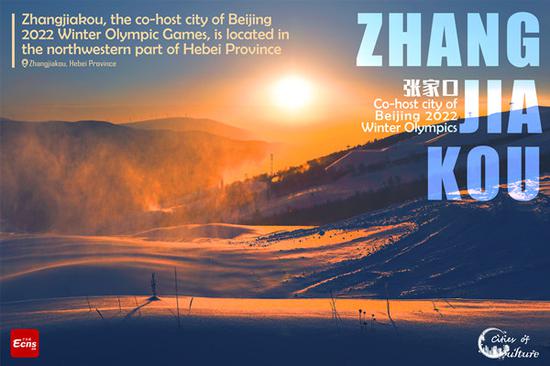
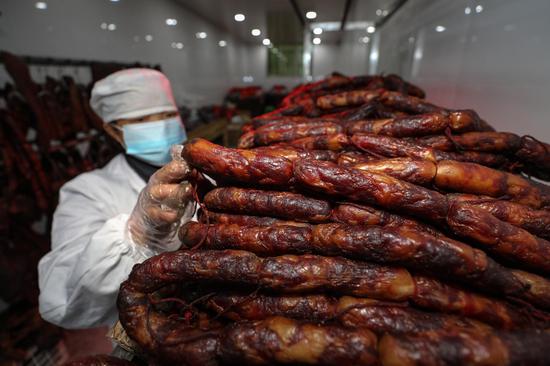
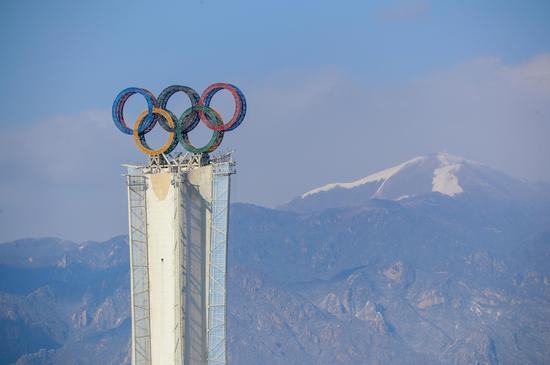
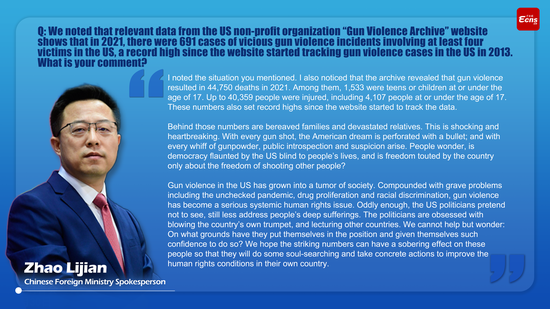


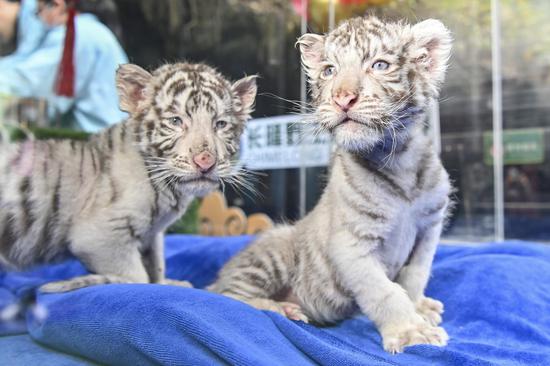
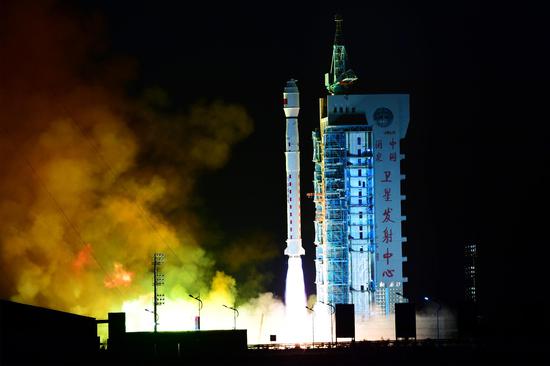



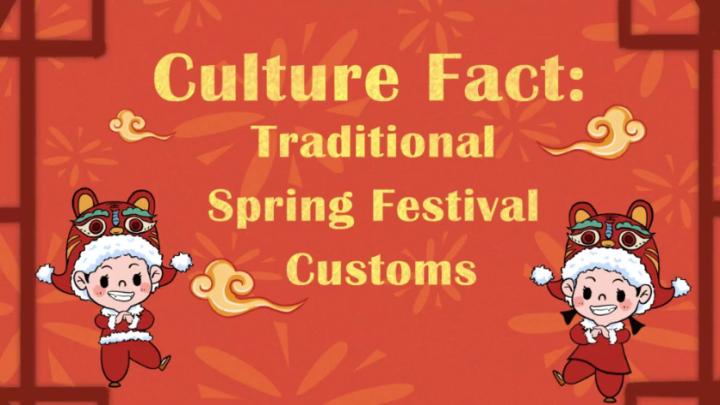

 京公网安备 11010202009201号
京公网安备 11010202009201号